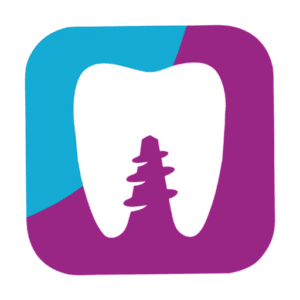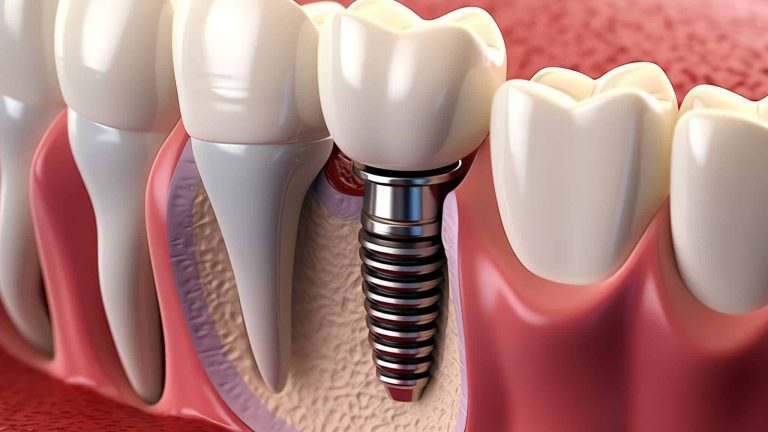Introduction
Choosing the right toothbrush may seem like a simple task, but it has a significant impact on your oral health. With so many options available on the market, from manual to electric brushes, and a variety of features, how do you know which one is best for you? In this article, we will help you identify the ideal toothbrush according to your specific needs, whether you want to prevent diseases, enhance the aesthetics of your smile, or simply maintain optimal oral hygiene.
Why Is It Important to Choose the Right Toothbrush?
The toothbrush is your main tool to combat plaque buildup, prevent cavities, and keep your gums healthy. Using an inadequate brush can not only be ineffective but also cause damage, such as enamel wear or gum irritation. Therefore, choosing a toothbrush that suits your needs is essential to ensure a complete and safe cleaning.
Key Factors for Choosing a Toothbrush
- Type of Brush: Manual or Electric
- Manual Toothbrush: Manual toothbrushes are economical and widely available. They are effective if used correctly, but require proper technique to reach all areas of the mouth.
- Advantages: Accessibility, user control, no need for batteries or charging.
- Disadvantages: Greater physical effort, less effective for people with limited mobility.
- Electric Toothbrush: Electric toothbrushes have gained popularity due to their ability to perform precise and consistent movements. They are ideal for individuals with limited motor skills or for those seeking a deeper cleaning.
- Advantages: More effective at plaque removal, built-in timers, ease of use.
- Disadvantages: Higher cost, need for charging or batteries.
- Manual Toothbrush: Manual toothbrushes are economical and widely available. They are effective if used correctly, but require proper technique to reach all areas of the mouth.
- Bristles: Soft, Medium, or Hard
- Soft Bristles: Recommended for most people, especially for those with sensitive gums or undergoing orthodontic treatment. These bristles are soft enough to avoid enamel damage.
- Medium Bristles: They offer a more vigorous cleaning but can cause irritation if used with too much pressure.
- Hard Bristles: Although they may seem more effective at removing stains, they can wear down the enamel and damage the gums, which is why they are not recommended by most dentists.
- Head Size A smaller head allows you to reach difficult areas, such as the back molars. For adults, a standard size is sufficient, while children require smaller heads.
- Ergonomic Handle Look for a handle that is comfortable to hold and does not slip, especially if you have hand mobility issues.
Toothbrushes According to Specific Needs
- For People with Sensitive Gums If you suffer from inflamed or bleeding gums, opt for a brush with ultra-soft bristles and a small head. Electric toothbrushes with pressure sensors are also useful to avoid aggressive brushing.
- For Orthodontic Users Interdental brushes or brushes with specialized heads help clean around brackets and wires. It is also recommended to complement with oral irrigators.
- For Children Brushes designed for children have smaller heads, soft bristles, and handles adapted to small hands. Many include colorful designs or cartoon characters to encourage the habit of brushing.
- For People with Mobility Issues Electric toothbrushes with rotating or sonic heads are ideal for those who have difficulties performing manual movements, such as the elderly or those with arthritis.
- For Dental Whitening Some brushes are designed with specialized bristles to remove surface stains. However, it is important to remember that the brush only helps maintain the results; for deep whitening, consult your dentist.
What Does Science Say?
Recent studies have shown that electric toothbrushes are more effective in plaque removal and in preventing gum disease compared to manual brushes. An analysis published in the Journal of Clinical Periodontology revealed that electric toothbrush users experienced 22% less gum recession and 18% fewer cavities after three years of continuous use.
Common Mistakes When Choosing and Using a Toothbrush
- Using hard bristles thinking they clean better.
- Reality: Hard bristles can damage the enamel and gums.
- Not replacing the brush regularly.
- Recommendation: Replace your brush or electric head every 3 months or when the bristles are worn.
- Choosing a brush that is too large.
- Reality: A large head can make it difficult to reach the back areas of the mouth.
- Applying too much pressure while brushing.
- Solution: Use a brush with pressure sensors or learn gentle techniques.
Dentists’ Recommendations
- Visit your dentist regularly.
- They can recommend the most suitable brush based on your oral health.
- Complement with the use of dental floss and irrigators.
- The brush is only one part of a complete oral hygiene routine.
- Try different options.
- If you’re not sure which brush is best for you, try several until you find the one that makes you feel most comfortable.
Eco-friendly Toothbrushes: A Sustainable Alternative
With the growing environmental awareness, bamboo toothbrushes and other biodegradable materials are gaining popularity. These brushes are effective and reduce plastic pollution. If you choose this option, make sure that the bristles are of high quality to ensure proper cleaning.
Conclusion
Choosing the right toothbrush is a personal decision that depends on your specific needs, your oral health, and your preferences. Remember that the perfect brush not only cleans your teeth but also protects your gums and improves your quality of life. If you have any doubts, do not hesitate to visit your dentist for a personalized recommendation.




